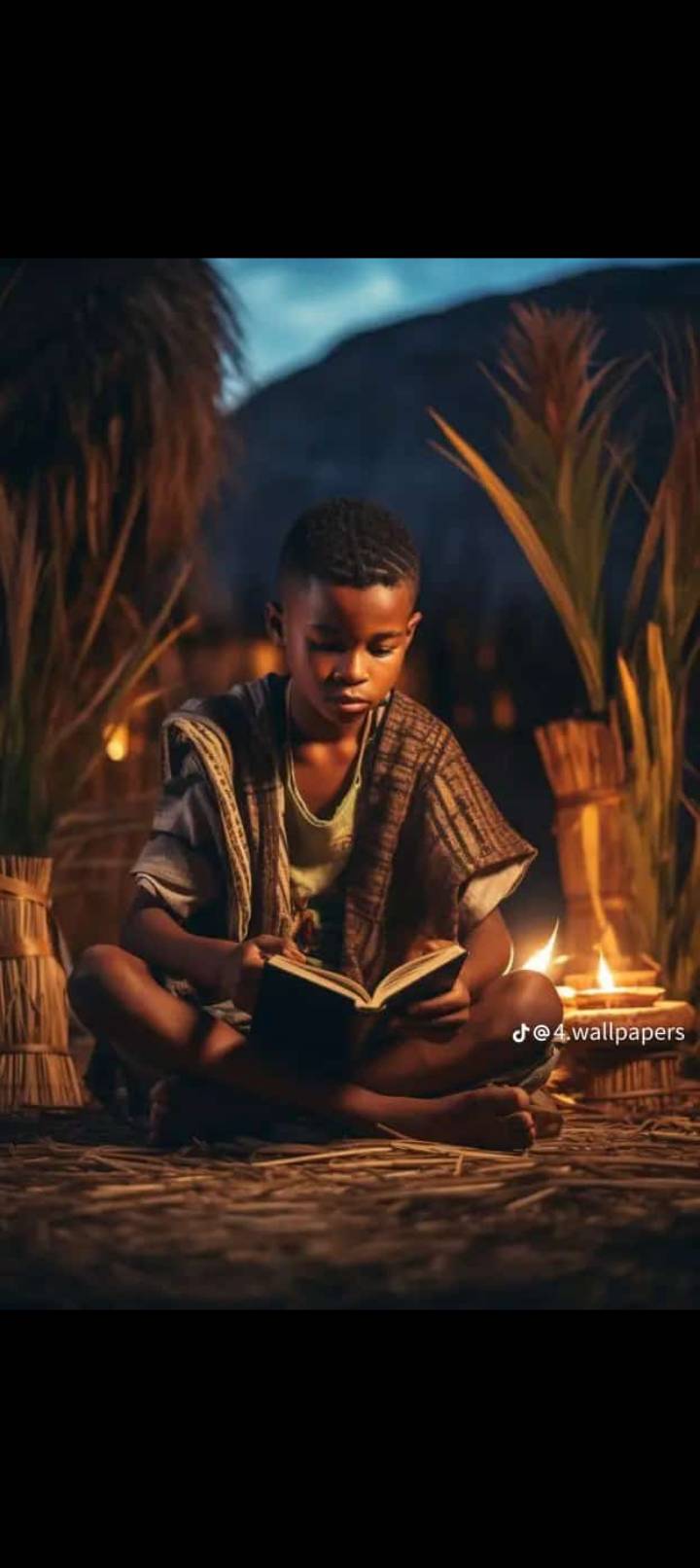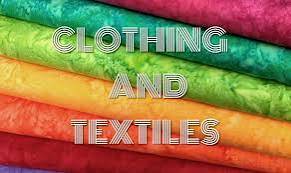CLOTHING SCHEME - likely past questions on processes and procedures in clothing and textile
1. a. What is a seam allowance?
Seam Allowance: Seam allowance refers to the extra fabric beyond the seam line used to join pieces of fabric together.
b. Suggest a suitable seam each for the following in garment construction.
i. Collars and cuffs: Topstitch or flat-fell seam
ii. Children’s clothing: French seam or serged seam
iii. Pair of trousers: Flat-fell seam or welt seam
iv. Side seam of a garment: Plain seam or French seam
c. Openings have their edges overlapping and meeting. Suggest two (2) suitable fastenings each for openings with edges meeting and overlapping.
- Edges meeting: Button and buttonhole, snaps
- Edges overlapping: Zipper, hook and eye
d. Explain three (3) reasons for using crossway strips in garment construction.
i. Reinforcement of stress points
ii. Providing stability and structure
iii. Concealing raw edges
e. Outline seven (7) uses of crossway strips.
i. Waistbands
ii. Cuffs
iii. Necklines
iv. Pockets
v. Seams
vi. Hems
vii. Decorative trims
2. a. Describe three (3) ways by which a homemaker can renovate a worn-out article.
i. Patching or darning
ii. Repainting or refinishing
iii. Replacing worn parts or components
b. Identify three (3) zipper application in garment construction.
i. Center front closure on dresses or skirts
ii. Fly closure on trousers or jeans
iii. Sleeve opening closure on jackets or hoodies
c. Explain the following terms:
i. Temporary stitches: Stitches used for temporary hold during garment construction, like basting.
ii. Permanent stitches: Stitches intended to remain in the garment, providing structural integrity.
iii. Conspicuous seams: Seams intentionally visible on the garment’s exterior.
iv. Inconspicuous seams: Seams designed to be hidden within the garment’s construction.
3. a. Discuss five (5) common sources of artificial light in the home.
i. Incandescent bulbs
ii. Fluorescent tubes
iii. LED bulbs
iv. Halogen bulbs
v. CFL bulbs
b. State three advantages each of natural and artificial lighting in the home.
Natural lighting:Enhances mood, reduces energy costs, provides natural illumination.
Artificial lighting: Adjustable, consistent, available regardless of weather conditions.
C. Distinguish between temporary and permanent stitches to a Basic 8 pupil.
Temporary stitches are used for temporary hold during garment construction and are meant to be removed, while permanent stitches are intended to remain in the garment, providing structural integrity.
4.a. What are openings?
Openings refer to areas on garments where closures are applied to allow the wearer to put on or take off the garment.
b. Identify four (4) importance of openings to the wearer.
i. Ease of dressing and undressing
ii. Comfort and flexibility of movement
iii. Ventilation and temperature regulation
iv. Access to pockets or compartments
c. Suggest two (2) seams each suitable for the following:
i. Side of jeans trousers: Flat-fell seam or topstitch seam
ii. Yoke of a baby’s garment: French seam or serged seam
iii. Side of a girl’s petticoat: French seam or serged seam
d. Explain the following terms:
i. Utilities in the home: Services or systems necessary for daily living, like water, electricity, and heating.
ii. Work simplification: Strategies or methods to streamline tasks and processes for efficiency.
iii. Home improvement: Upgrading or renovating aspects of a home to enhance its functionality, aesthetics, or value.
iv. Housing: Shelter or accommodation providing a living space for individuals or families.
5. a. What is pattern making?
Pattern making is the process of creating templates or guides used to cut fabric pieces to assemble a garment.
b. Explain four (4) methods used for making patterns.
i. Draping
ii. Flat pattern drafting
iii. Pattern grading
iv. Computer-aided design (CAD)
c. In four (4) ways, explain how you can ensure efficiency in lighting in the home?
i. Utilizing natural light through strategic window placement
ii. Installing energy-efficient light bulbs
iii. Using task lighting for specific activities
iv. Implementing dimmer switches for adjustable lighting levels
d. Identify three (3) ways to conserve light in the home.
i. Turning off lights when not in use
ii. Maximizing natural light through reflective surfaces
iii. Using light-colored interior paint to amplify natural and artificial light sources.
1a. How many basic blocks do we have?
Ans: 5
b. Explain the following terms:
i. Stitches with examples ii. Seams with examples
Ans: i. Stitch Is a process of passing a threaded needle in and out of fabric leaving thread in the securely. It can be done by hand or by machine. Examples: Even, uneven tacking, running, back stitches, overcasting, chain stitches and many more
ii. Seams are the joining of two or more raw edges together with stitches. Examples: run and fell, overlaid, machine fell, plain seam, French seam and many more.
2a. Draw three (3) pattern symbols a labelled.
A.Warp grain/grin line. . B. Croswise/bias grain line
C Place on fold D Cutting line
e. --------------------------- Stitching Line. F. Notches
2b. List four (4} methods used for pattern making.
• Pattern drafting
• Free hand cutting
• Draping/modelling
• Copying design/Knock down pattern
• Commercial pattern
3. State three (3) general rules for working stitches.
• Begin at the right-hand side and work towards the left.
• Choose the correct stitch for the work.
• Use the correct size of needle and the right type of thread.
• Fasten on and off securely.
• Wear a thimble on the middle finger for protection.
• Work on stitch at a time.
• Never use a knot for fastens on stitches. Knot can tear fine fabric.
4a. State two (2) general rules for making seam.
• Use thread which is suitable for the fabric.
• The width of the seam depends on the texture of the fabric.
• All seams of the same type on a garment must be similar width.
• The strength of the seam will depend on the firmness of the stitching.
• Avoid puckering of seam on a very delicate fabric.
4b. List four (4) fullness in a garment.
• Dart
• Tucks
• Pleats
• Gathers
• Casing
• Shirring
• Smocking
• Godet


